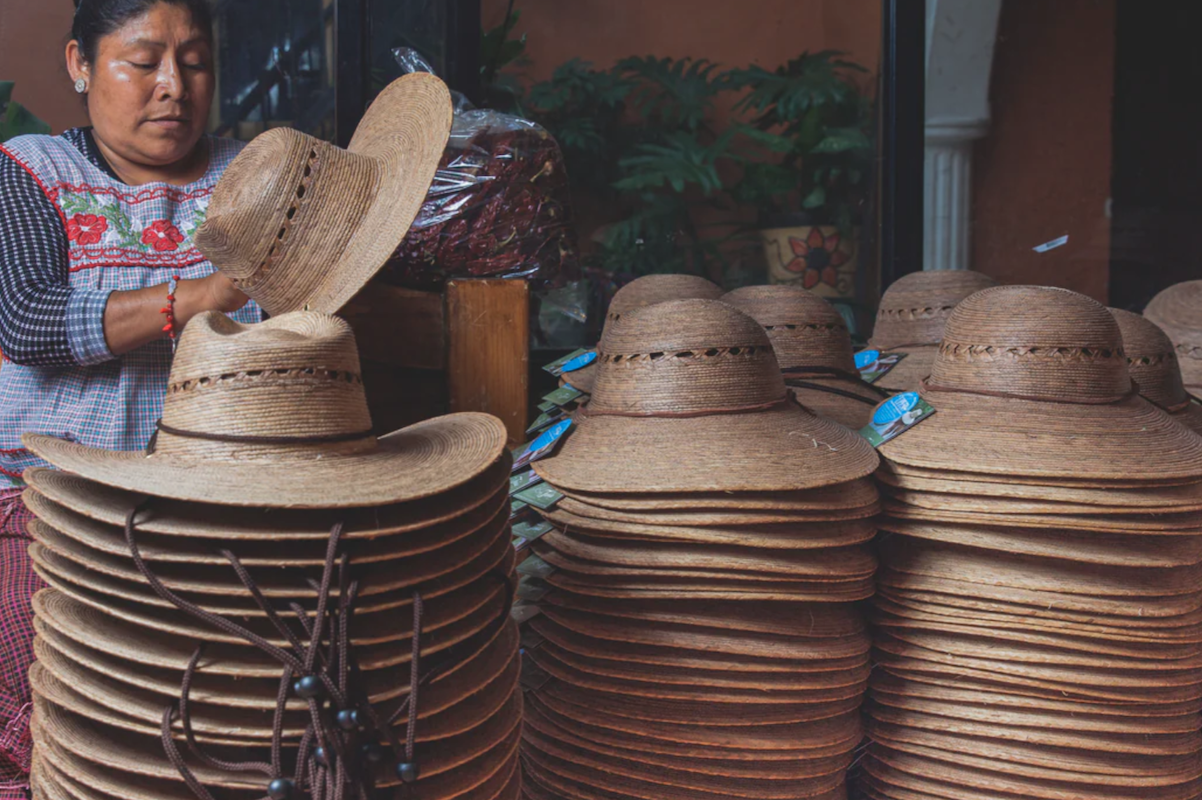When Alice Eichelmann and her husband lived in Mexico City in 1989, their Saturday morning ritual included strolling through the local market near their apartment. A striking wide-brimmed palm hat caught Alice’s eye. With a family history of skin cancer, she was always mindful of sun protection, and the hat seemed perfect for gardening under a blazing summer sky. She didn’t realize this small purchase would change her life — and launch a beloved handmade hat company now sold across the U.S. and Canada.
Austin-based Tula Hats has built a loyal following for its stylish, sun-shielding hats made from tightly woven palm fiber.
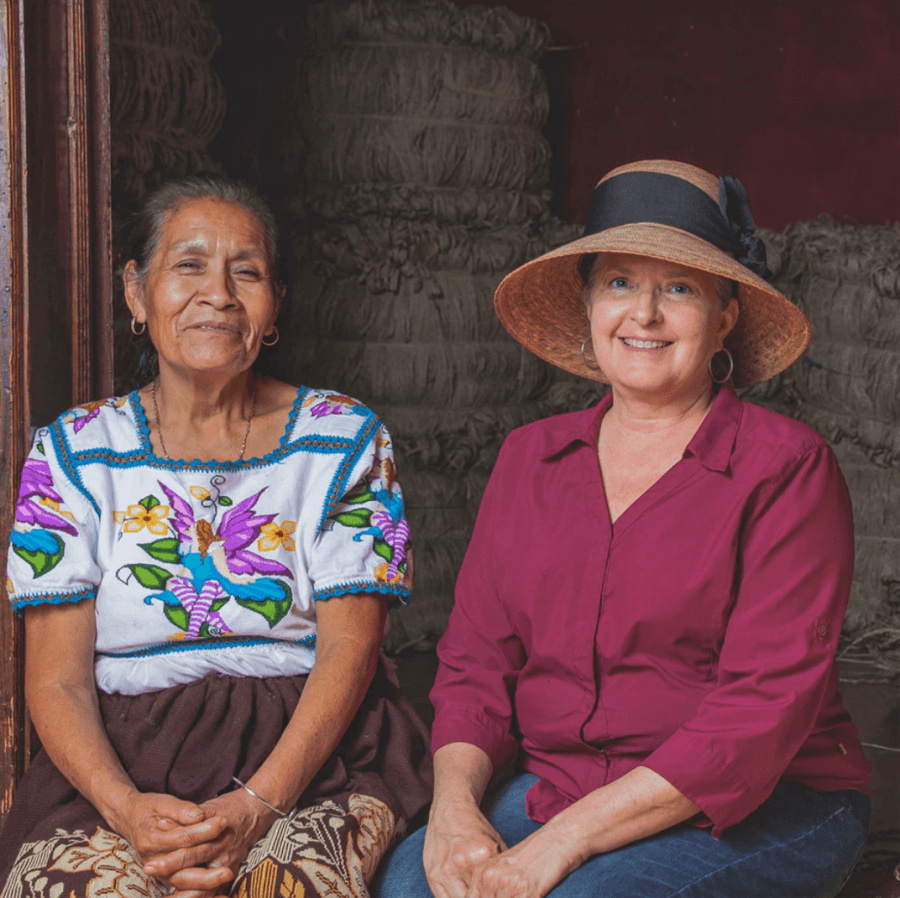
History: A Market Find Turned Lifelong Mission
In the early days of Tula, Alice wasn’t exactly setting out to start a hat company; she was simply looking for a way to build a meaningful job for herself once she returned home to Austin. “In high school and college, I worked at retail clothing boutiques and always loved checking in the new merchandise,” she says. “I started actively looking for a product I could send to stores.”
She explored jeans and pottery factories, searching for something that sparked her interest. But that palm sun hat — simple, well-made, and protective — catalyzed the path forward. “I loved the material and craftsmanship and thought others would too. My idea was to create shapes that were stylish and sun-protective,” Alice explains. “It turns out that my hats are naturally UPF 50+ due to the tight weave of the palm.”
At the time, many factories dismissed palm hats as something only farmers would wear. But after a chance encounter with a young man from a nearby artisan village at a government-run co-op, Alice and her husband were introduced to the community that would eventually become the heart of Tula’s production.
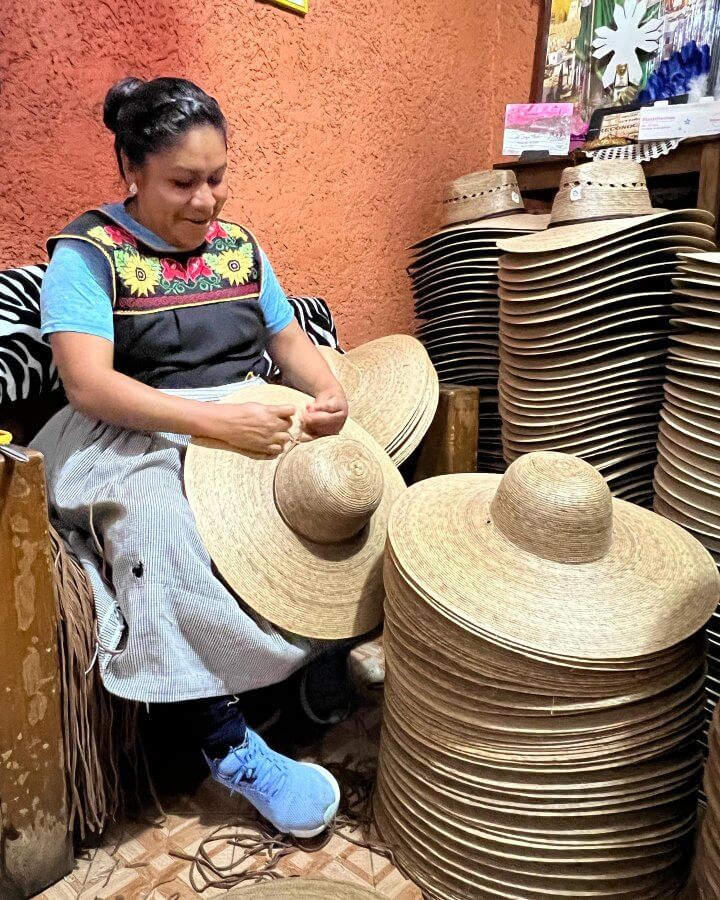
More than 30 years later, Tula continues to work with the same artisan families, preserving a centuries-old hat-making tradition. “We’ve developed such a special friendship and trust,” Alice says. “It’s an honor to help keep this incredible craft alive.”
Process: Handmade Craftsmanship with Honest Pricing
The palm fiber used in each hat is naturally durable and beautifully textured. Thanks to its density, it provides robust sun protection without the need for chemical treatments. “Our customer reviews frequently mention the quality, durability, and years of use,” Alice says proudly.
What makes Tula unique isn’t just the handmade nature of the product — it’s how accessible the brand has remained. “We often see similar-quality hats selling for over $150,” says Alice. “While they may also be great hats, we want to provide stylish, sun-protective hats to a wider audience.” By working directly with artisans and eliminating designer markups, Tula can offer beautiful, Fair Trade-certified hats at a fair and honest price.
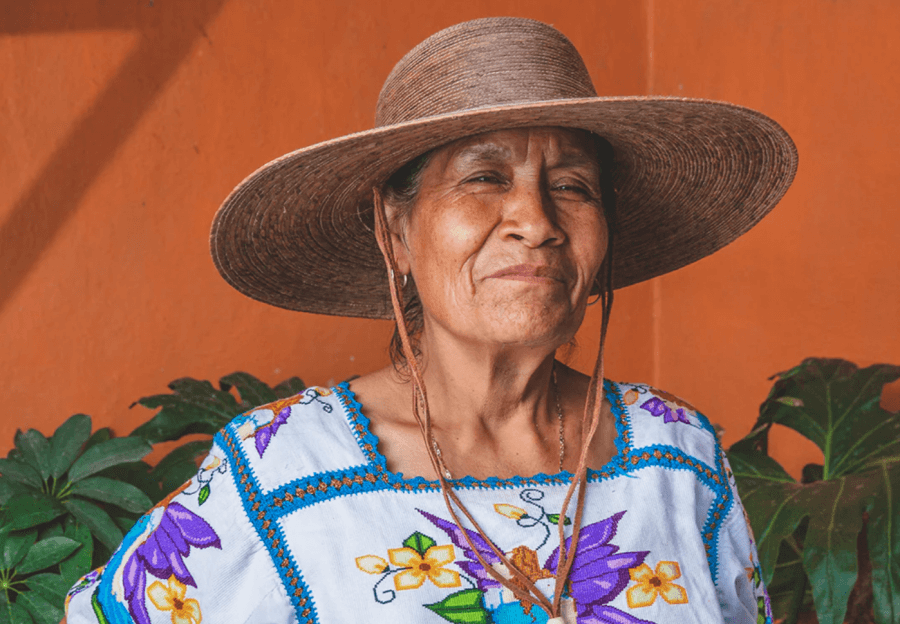
Tula’s designs have also evolved organically over time. “I started marketing to small garden centers that also carried gifts,” Alice recalls. “They were happy to buy the same shapes season after season, so I didn’t have to develop a new line each year.” Today, Tula offers around 60 styles, with options for different sizes and preferences, all while keeping the core focus on functionality, comfort, and style.
And sometimes, the best design ideas come from everyday life. “When I got my first order of 200 hats, I saw a cowboy ride by on his horse with a chin strap,” Alice laughs. “It was too late to add that feature to my first batch, but when I returned to Austin, a friend helped me sew straps onto the hats. Buyers loved it, and that simple addition helped my hats stand out.”
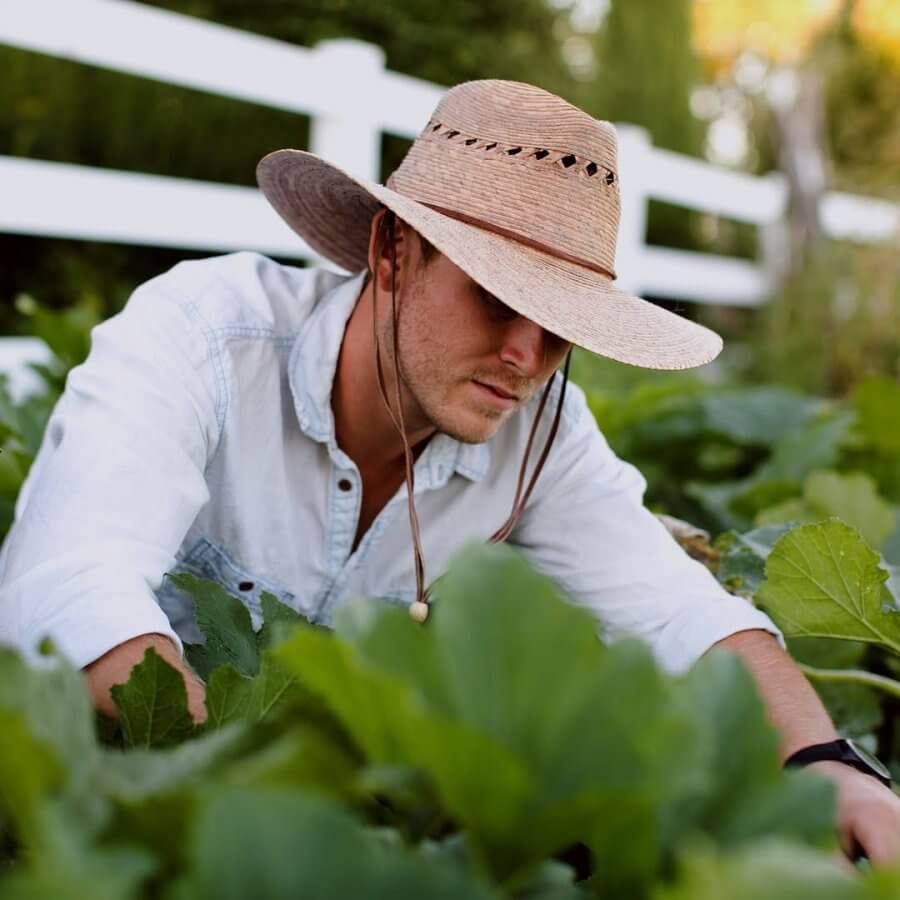
Sustainability: Woven into All Tula Hats
Sustainability has always been woven into the DNA of Tula Hats — literally and figuratively. The palm fiber used in Tula’s hats is a renewable material grown in the warm coastal regions of Mexico. “The palms remain unharmed and ready for another growing season,” Alice explains.
Because Tula’s production happens within North America, it also significantly reduces transportation emissions. “When we ship to our retail partners, we use specially sized boxes to maximize space while reducing freight volume,” Alice says. “Palm is such a pliable fiber that we don’t need fillers or extra packing materials.”
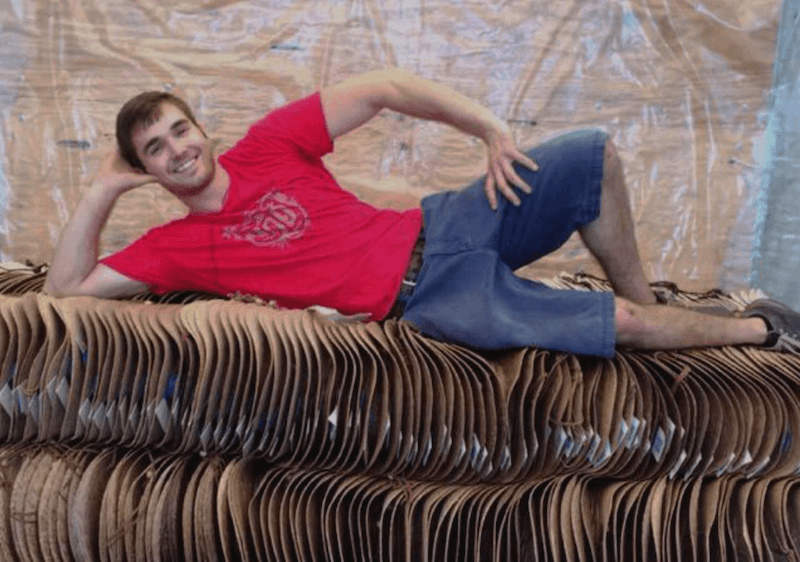
Even scraps are repurposed. When certain hats are cut to create styles with smaller brims — like the Laurel or Angler hats — the excess palm fiber is used for cooking fires in the artisan village.
And hats that don’t meet quality standards aren’t tossed aside. Instead, they’re saved and handed out during the vibrant Corpus Christi celebration each June, when locals gather around Lake Pátzcuaro to receive goods joyfully thrown into the crowd by the artisans. “It’s a way to give back and share good fortune with the community,” says Alice. “Nothing goes to waste.”
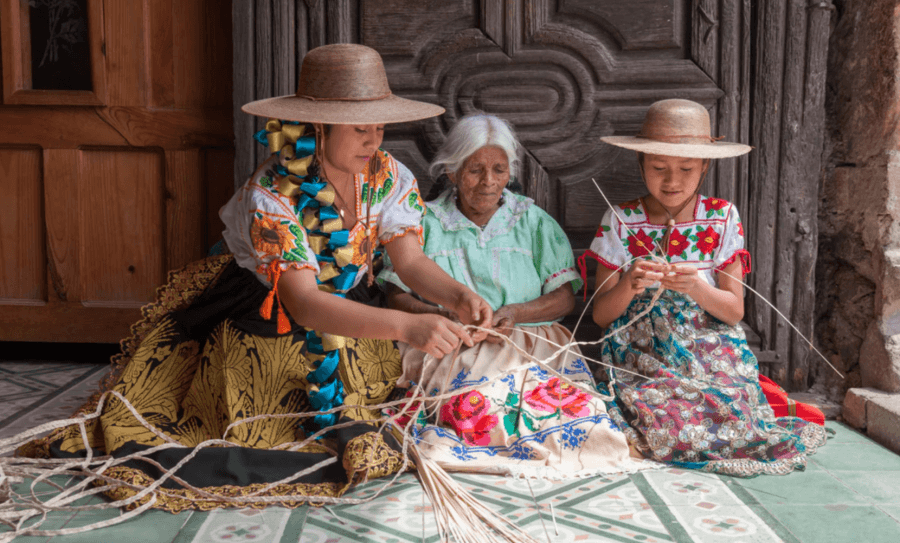
Widespread Availability: From Trunk Shows to Store Shelves
While the hats are still handmade with the same care as they were 30 years ago, Tula’s distribution has grown dramatically thanks to Alice’s early hustle and a commitment to personal connection.
“In the beginning, I traveled across the Southwest with my mom and my young son,” Alice recalls. “I would scope out the shops, pick one I wanted to carry my hats, and walk in and show them what I had.” The hats were in the back of her car, ready to go. Many of those early shop owners made quick decisions and kept reordering, season after season. “Because they placed reorders, I realized I had a good product,” she says. That’s when she started attending wholesale gift markets, and the word spread quickly from there.

Today, Tula Hats are stocked in garden centers, boutiques, and shops throughout the U.S. and Canada. (We bet you’ll start to notice them everywhere now!) The brand continues to retail through its website, and many customers discover Tula while on vacation, only to look them up online years later to buy another. “We have a store locator and encourage people to shop local,” Alice says.
Running a handmade goods business in today’s fast-paced retail world can be tricky, but Alice believes building something meaningful requires patience, intention, and trust in your product. “Start small,” she advises other entrepreneurs. “See if your product will sell with reorders before shelling out thousands to attend a wholesale gift market.”
A Hat With Heart
At its core, Tula Hats is a story of simplicity turned to brilliance. A handmade market find sparked a mission to protect skin, uplift artisan communities, and offer timeless style. “My mission is to provide hats that are affordable and easy to wear,” Alice says, “as well as protect the skin and look good on.”
And for those who put on a Tula Hat before stepping into the sun, there’s more than shade under that brim — there’s the whole beautiful Tula story, too.
**********
For a dose of Style + Substance delivered straight to your inbox, subscribe to our daily emails!



















